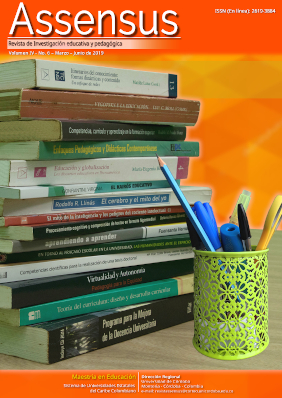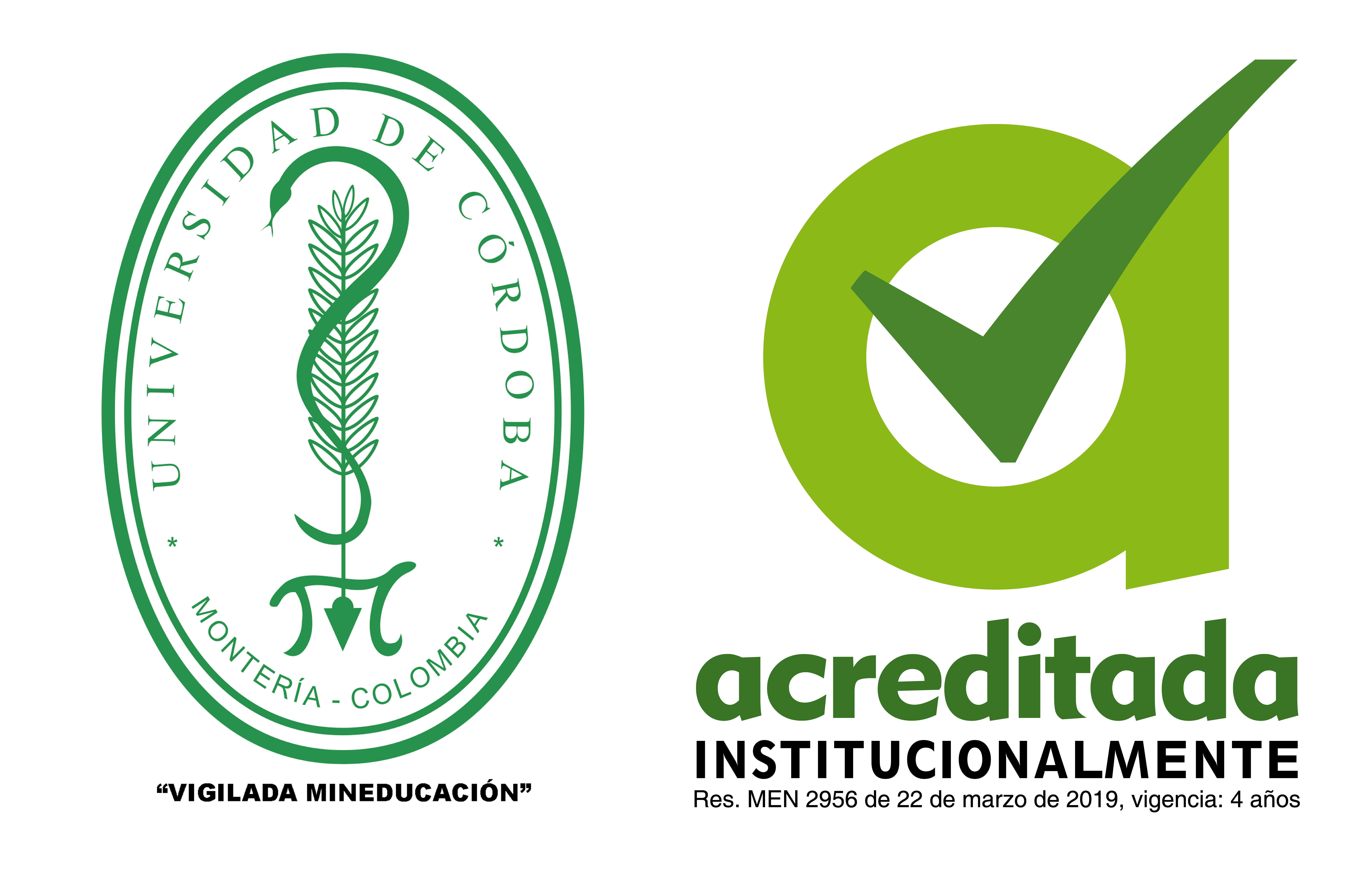Motivation and learning through peer group and collaborative games
Motivación y aprendizaje mediado con actividades y juegos colaborativos en grupo
The Assensus journal has a Creative Commons license. The citation, use and partial or total reproduction of the contents is authorized by citing sources. For more information, see https://creativecommons.org/licenses/by-sa/4.0/deed.en
Show authors biography
This research is based on the planning, development and analysis of specific activities within the context of a teaching unit in English as a Foreign Language. The commented teaching unit was planned following the task-based approach, a methodology that concludes every unit with a set of activities that reviews all the aspects that have been worked. The results of two specific and collaborative activities were analysed and studied in terms of students’ motivation towards the learning process together with the positive consequences in the acquisition of the language and the contents. Specifically, one of these activities was planned as a collaborative and semi-controlled game that led way to the study of the roles of competitiveness and peer group and their respective didactic potentialities. On the other hand, the second activity under consideration in this research was the set of final activities in the unit, known as the final task, and that contained a series of collaborative activities that have a big relevance in the present study.
Article visits 923 | PDF visits
Downloads
- Al-Mahrooqi, R., Abrar-Ul-Hassan, S., & Asante, C. C. (2012). Analyzing the Use of Motivational Strategies by EFL Teachers in Oman. Malaysian Journal of ELT Research, 8, 36-76.
- Alshehri, E. (2012). Saudi EFL teachers' and students' perceptions of motivational strategies. Papers form the Lancaster University Postgraduate Conference in Linguistics and Language Teaching, 26-54.
- Bahous, R., Bacha, N. & Nabhani, M. (2011). Motivating Students in the EFL Classroom: A case study of perspectives. English Language Teaching, 4(3), 33-43.
- Bonces, J. R. (2012). Content and Language Integrated Learning (CLIL): Considerations in the Colombian Context. GIST Education and Learning Research Journal, 6, 177-189.
- Carrasco, S.A.N., Castellanos, J.C. y Viloria, E. (2019). Construcción del conocimiento y regulación del aprendizaje en tareas colaborativas asíncronas. Revista de Innovación Educativa, 11(1), 6-23.
- Castañeda, L., Esteve, F. y Adell, J. (2018). ¿Por qué es necesario repensar la competencia docente para el mundo digital?. RED. Revista de Educación a Distancia, 6, 1-20. DOI: http://dx.doi.org/10.6018/red/56/6
- Clement, R. (1980). Ethnicity, contact and communicative competence in a second language. In E. Giles, D. Robinson, & P. M. Smith, Language: Social psychology perspectives (pp. 146-154). Oxford: Pergamon.
- Dailey, A. (2009). Key motivational factors and how teachers can encourage motivation in their students. Birmingham: University of Birmingham.
- Dörnyei, Z. (2001). Teaching and researching motivation. Harlow, England: Pearson Education.
- Ghaith, G. (2003). The relationship between forms of instruction, achievement and perceptions of classroom climate. Educational Research, 45, 83-93.
- Hogan, D. M., & Tudge, J. R. (1999). Implications of Vygostky's Theory for Peer Learning. In T. R. Series, Cognitive perspectives on peer learning (pp. 39-65). Mahwah, NJ, US: Lawrence Eribaum Associates Publishers.
- Johnson, L., Adams Becker, S., Cummins, M., Estrada, V., Freeman, A., & Hall, C. (2016). NMC Horizon Report: 2016 Higher Education Edition. Austin, Texas: The New Media Consortium. Retrieved 2017/05/26, from http://cdn.nmc.org/media/2016-nmc-horizon-report-he-EN.pdf
- Khan, J. (1996). Using games in teaching English to young learners. In C. Brumfit, Teaching English to Children. From Practice to Principle. England: Longman.
- Kirschner, P. A., & De Bruyckere, P. (2017). The myths of the digital native and the multitasker. Teaching and Teacher Education, 67, 135-142. https://doi.org/10.1016/j.tate.2017.06.001
- Krashen, S. D. (1981). Second Language Acquisition and second language learning. New York: Pergamon.
- Liaw, E. C. (2017). Application of computer-mediated communication on teacher efficacy during school-based field experience. Teaching and Teacher Education, 65, 81-90. https://doi.org/10.1016/j.tate.2017.03.002
- Levin, I., & Druyan, S. (1993). When socio-cognitive transaction among peers fails: the case of misconceptions in Science. Child Development, 64, 1571-1591.
- Madrid, D. (2002). The power of the FL teacher's motivational strategies. CAUCE. Revista de Filología y su Didáctica, 25, 369-422.
- Mahadi, T. S. T., & Jafari, S. M. (2012). Motivation, its types, and its impacts in language learning. International Journal of Business and Social Sciences, 3(24), 230-235.
- Martín del Pozo, M. A. (2015). Teacher education for content and language integrated learning: insights from a current European debate. Revista Electrónica Interuniversitaria de Formación de Profesorado, 18(3), 153-168. DOI: http://dx.doi.org/10.6018/reifop.18.3.210401
- Martín del Pozo, M. A. & Rascón-Estébanez, D. (2015). Textbooks for Content and Language Integrated Learning: policy, market and appropriate didactics? Foro de Educación, 13(18), pp. 123-141. DOI: http://dx.doi.org/10.14516/fde.2015.013.018.007
- Miller, N. (1993). Theories of Developmental Psychology. New York: W. H. Freeman and Company.
- Morell, T. (2004). Interactive lecture discourse for university EFL students. English for specific purposes, 23, 325-338.
- Ramachaudran, S. (2004). Integrating new technologies into language teaching: two activities for an EAP classroom. TESL Canada Journal, 22, 79-90.
- Schommer-Aikins, M., Beuchat-Reichardt, M. y Hernández-Pina, F. (2012). Creencias epistemológicas y de aprendizaje en la formación inicial de profesores. Anales de psicología, 28(2), 465-474.
- Tudge, J. R. (1989). When collaboration leads to regression: some negative consequences of socio-cognitive conflict. European Journal of Social Psychology, 19, 123-138.
- Tudge, J. R. (1992). Processes and consequences of peer collaboration: A Vygotskian analysis. Child Development, 63, 1364-1379.
- Wang, A. L., Ofsdahl, T. & Morch-Storstein, K. (2009). Collaborative learning through games: characteristics, model and taxonomy. Recuperado el 4 de septiembre de 2015 de http://www.idi.ntnu.no/grupper/su/publ/alfw/LectureGameTaxonomyPaper.pdf



